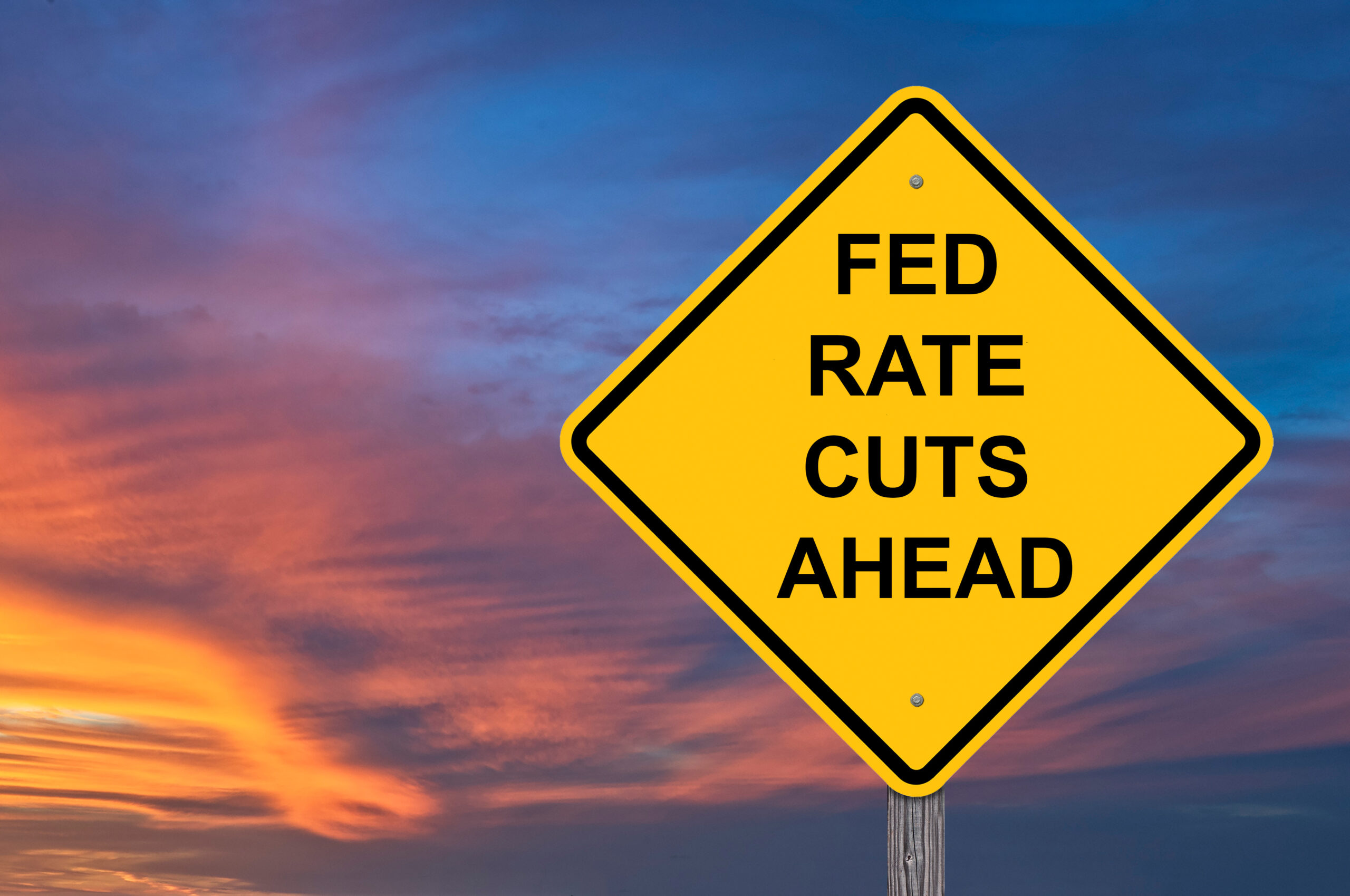After what likely felt like a long period of high interest rates, Fed Chairman Jerome Powell announced rate cuts in September and more are on the way. According to Powell, “downside risks to employment have increased,” and “the time has come for policy to adjust.” As pointed out by Forbes, a lowered Fed Funds rate, while not directly controlling the interest rates of corporate loans and credit cards, does influence other borrowing rates, and it tends to boost the economy.
So, what exactly might this mean for your small business? Here are some of the most common effects of rate cuts.
Lowers Cost of Capital
Most businesses borrow money in the course of their operations, whether to purchase equipment, finance accounts receivable or fund an expansion. Regardless of whether you use a credit card, take out a traditional loan or use some other type of financing, your interest rate will likely fall if and when the Fed cuts rates. This can greatly reduce your cost of doing business, free up additional cash flow and boost your profits.
Increases Consumer Activity
Just as lower interest rates free up cash flow for businesses, the same is true for consumers, who have more discretionary income. When rates are low, consumers generally take out more loans and increase their spending. This increased spending can translate into more sales and profits for your business.
Loosens Capital Restrictions
When interest rates rise, banks and other lenders typically tighten the availability of their capital. While they earn more money by charging higher interest, the risk of default also rises greatly, upping the risk that they may never get that money back. But when rates are low, capital generally flows more freely, making it easier for small businesses to acquire the financing they need.
Boosts Bond Values
If your company invests spare cash in bonds, your portfolio will generally see an increase in value as the Fed cuts rates. This is because bond prices have an inverse relationship with interest rates, rising when rates fall.
